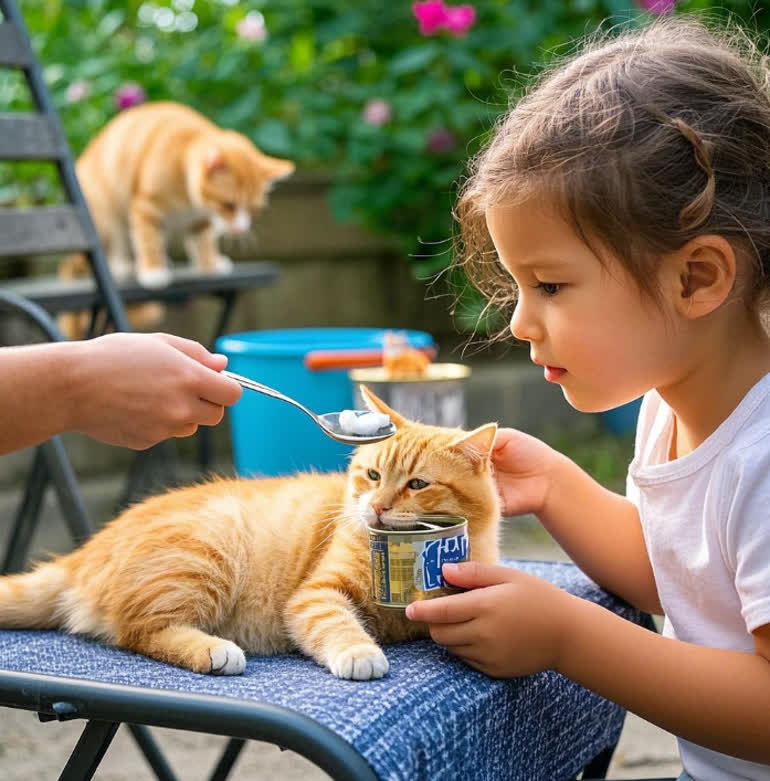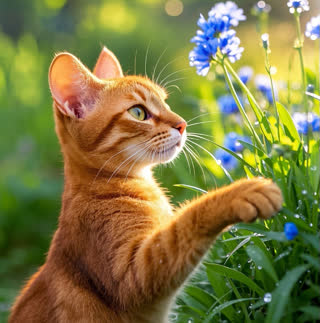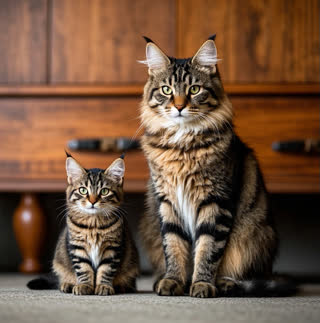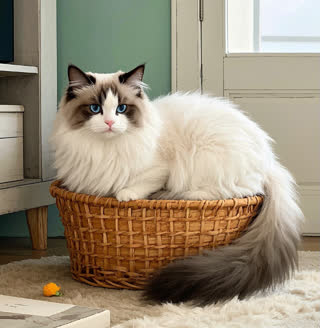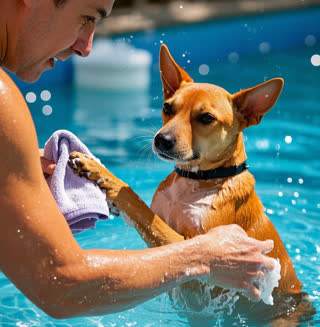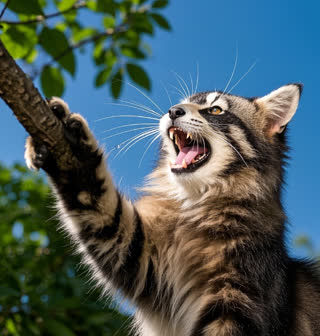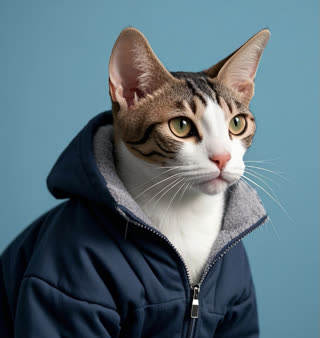Choosing the right cat food is one of the most critical decisions you’ll make as a pet parent. With endless options on the market—grain-free, raw, prescription diets, and more—navigating this landscape can feel overwhelming. This cat care guide breaks down the science, myths, and practical strategies to help you select food that fuels your cat’s health, longevity, and happiness.
1. Understanding Feline Nutritional Needs: The Foundation of This Cat Guide
Cats are obligate carnivores, meaning their biology demands animal-based protein. Unlike dogs, they require specific nutrients like taurine, arachidonic acid, and vitamin A, which are only found in meat. Ignoring these needs can lead to severe health issues, from heart disease to blindness
Key Nutritional Priorities:
High-Quality Protein: Aim for ≥30% protein in dry food or ≥10% in wet food. Look for named meat sources (e.g., "chicken," "salmon") as the first ingredient.
Hydration: Cats naturally have low thirst drives. Wet food provides 70–80% moisture, reducing risks of urinary tract diseases.
Fat Content: Essential for energy and skin health. Avoid plant-based fats (e.g., soybean oil) in favor of animal fats like chicken fat.
Limited Carbohydrates: Cats lack enzymes to digest carbs efficiently. Grain-free ≠ carb-free—check for potato, pea, or tapioca fillers.
Pro Tip: The Association of American Feed Control Officials (AAFCO) label ensures the food meets minimum nutritional standards. Look for "Complete and Balanced" statements.
2. Decoding Cat Food Types: A Cat Care Guide to Options
A. Dry Food (Kibble)
Pros:
Cost-effective and convenient.
Supports dental health by reducing plaque (though not a substitute for brushing).
Cons:
Low moisture content increases dehydration risks.
Often high in carbohydrates.
Best For: Busy households or cats who graze throughout the day.
B. Wet Food (Canned/Pouches)
Pros:
Mimics natural prey’s moisture content.
Ideal for cats with kidney issues or urinary tract diseases.
Cons:
Shorter shelf life once opened.
More expensive per serving.
Best For: Senior cats, picky eaters, or those prone to urinary problems.
C. Raw or Homemade Diets
Pros:
Maximizes nutrient bioavailability.
Allows control over ingredients (e.g., avoiding allergens).
Cons:
Risk of bacterial contamination (Salmonella, E. coli).
Requires meticulous balancing of nutrients to avoid deficiencies.
Best For: Experienced pet owners working with a veterinary nutritionist.
3. Life Stage & Health-Specific Diets: Tailoring Your Cat Guide
Kittens (0–12 Months)
Needs: Double the calories and protein of adult cats for growth.
Look For: Formulas labeled "for growth" or "kitten" with DHA for brain development.
Adult Cats (1–7 Years)
Needs: Maintenance diets with moderate calories.
Avoid Overfeeding: 60% of U.S. cats are obese—measure portions carefully.
Senior Cats (7+ Years)
Needs: Higher protein to combat muscle loss, lower phosphorus for kidney health.
Consider: Prescription diets like Hill’s Science Diet Senior Vitality for joint support.
Special Health Conditions46:
Urinary Health: Low magnesium, increased moisture.
Sensitive Stomachs: Limited ingredients, hydrolyzed proteins.
Diabetes: Low-carb, high-protein formulas.
4. Red Flags in Cat Food: A Cat Care Guide to Avoiding Pitfalls
Ingredient Warnings:
By-Products: "Chicken by-product meal" is acceptable (includes organs), but avoid unnamed sources like "meat meal."
Artificial Additives: BHA/BHT preservatives linked to cancer risks.
Excessive Carbs: Ingredients like corn, wheat, or rice dominating the list.
Marketing Myths Debunked:
"Grain-Free": Not inherently healthier; may use starchy substitutes.
"Natural": Unregulated term—verify via ingredient lists.
5. Transitioning Foods & Introducing New Diets
Sudden changes can cause gastrointestinal upset. Follow this cat guide-approved plan:
Days 1–3: Mix 25% new food with 75% old food.
Days 4–6: 50/50 blend.
Days 7–9: 75% new, 25% old.
Day 10: Full transition.
Troubleshooting: If diarrhea or vomiting occurs, slow the transition or consult your vet.
6. Top-Rated Cat Food Brands: Insights from Experts
Based on ingredient quality and nutritional value:
Orijen Cat & Kitten: High-protein, biologically appropriate recipes with fresh regional ingredients.
Tiki Cat Born Carnivore: Low-carb, grain-free dry food with 44% protein from chicken and fish.
Hill’s Science Diet: Vet-recommended for therapeutic needs (e.g., urinary care, sensitive stomachs).
Crave Grain-Free Wet Food: High moisture, protein-rich trays mimicking a cat’s natural diet.
Darmals Natural Grain-Free: Features global-sourced meats and no fillers, ideal for allergy-prone cats.
7. Common Questions Answered: Your Cat Care Guide Quick Reference
Q: Can cats eat human food?
A: Some safe options include cooked chicken (no bones) or pumpkin (for fiber). Avoid onions, garlic, chocolate, and grapes9.
Q: How long can wet food sit out?
A: Discard uneaten wet food after 2 hours to prevent bacterial growth9.
Q: Is homemade cat food better?
A: Only if formulated with a veterinary nutritionist to avoid nutrient imbalances68.
Conclusion: Empowering Choices with This Cat Care Guide
Selecting the right cat food requires balancing science, your cat’s unique needs, and practical considerations. Remember:
Prioritize Protein: Animal-based sources are non-negotiable.
Hydration is Key: Incorporate wet food for urinary health.
Consult Professionals: Work with vets for specialized diets.
By following this comprehensive cat guide, you’ll not only boost your SEO rankings but also become a trusted resource for cat owners seeking evidence-based advice.
